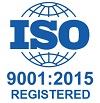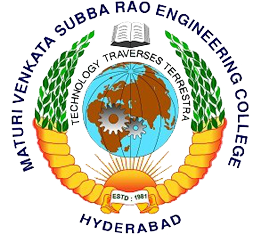WITH EFFECT FROM THE ACADEMIC YEAR 2011 - 2012
EE 254
ELECTRICAL MACHINERY - I
Instruction 4 Periods per week
Duration of University Examination 3 Hours
University Examination 75 Marks
Sessional 25 Marks
UNIT–I
Principles of Electromechanical Energy Conversion: Energy in magnetic system – Field energy and mechanical force – Direction of mechanical force developed – Flow of energy in electro mechanical devices – Singly excited and multiply excited systems – Basic concepts of magnetically induced e.m.f. and force.
UNIT–II
D.C. Machines: Brief description of constructional features – Armature windings- simple lap and wave windings – Brush position – Classification of D. C. Machines.
D.C. Generators: Generated E.M. F. – Methods of excitation – Armature reaction – Theory of commutation – Types of Generators and their characteristics – Series and Parallel operation.
UNIT–III
D. C. Motors: Generation of Electromagnetic torque – Types of motors and their characteristics – Application of motors – Starting and speed control of D.C.Motors – testing of D.C. Motors : Losses and efficiency – Temperature rise and Swinburne’s Test – Hopkinson’s Test – Field’s Test for series motors
– Retardation test – Separation of losses.
UNIT–IV
Single phase Transformers : Constructional Features, principle of operation-ideal transformer transformer on ‘NO’ load and ‘ON’ load – Vector diagrams
– Equivalent circuit – losses – Testing – Polarity test, O. C. and S. C. tests – Sumpner’s test – regulation and efficiency – All day efficiency – Separation of losses – Excitation phenomena of Transformers.
UNIT–V
Three Phase Transformers : Three Phase Transformers Connections Y-Y, D - D, D - Y, Y- D, V- V and Scott connections.
Stepper Motors: Types of Stepper Motors – parameters – characteristics – drive circuits and applications.
Suggested Reading:
- 1.Nagrath I. J. and Kothari D. P., Electrical Machines, Tata McGraw Hill, 1985.
- 2.H. Cotton, Advanced Electrical Technology, Wheeler & Co., 1995.
- 3.Kingsley Jr., Electrical Machinery, Tata McGraw



